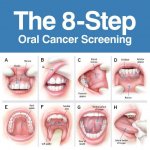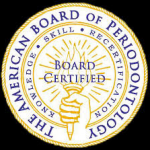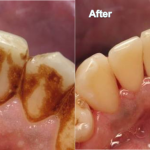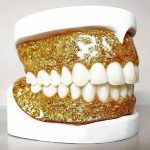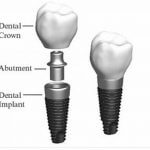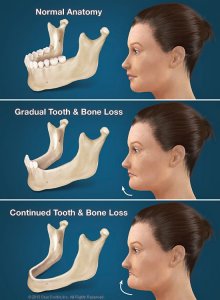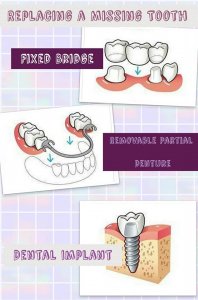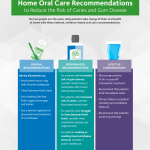Many patients with oral cancer have had their mouths reconstructed, palates removed, portions of their tongue removed or even teeth removed. Your dental professionals can help regularly screen for oral cancer during your visits.
While smoking and smokeless tobacco use is certainly a major risk factor for Oral Cancer, there are other lifestyle, genetic and even viral causes that contribute this often disfiguring and sometimes deadly disease.
Your dentist, dental specialist and dental hygienist are your first line of defense for early detection of Oral Cancer. Dr. Britten routinely performs systematic examination of all the soft tissues of the mouth, including the tongue, floor of the mouth, as well thorough examination of the borders of the tongue, and the lymph nodes surrounding the oral cavity and in the neck.
The key is early detection.
If you are able to identify and obtain timely treatment, your chance of death from oral cancer will be greatly reduced.
As part of your routine dental exam, the dentist will conduct an oral cancer screening exam. When he or she does this, they will feel for any irregular lumps or tissue changes in your neck and head. When examining your mouth, your dentist will check for any discolored tissue, sores, or the symptoms listed below:
The most common symptoms are:
- Lumps, rough spots, eroded areas, or swellings in any part of the mouth
- Development of white and/or red splotches in the mouth
- Persistent sores around the mouth area that bleed easily and do not heal within a couple of weeks
- Unexpected bleeding or numbness
- Pain in the throat–a feeling that something may be stuck back there
- Difficulty eating and swallowing
- Hoarseness in voice
- Ear pain
- Dramatic weight loss
It is important to realize that while these changes could potentially be a sign of oral cancer, that is not always the case! Oftentimes soreness in the mouth is caused by toothaches, cavities, cold sores or strep throat. The ear ache might only be an ear ache. The weight loss might be due to a different eating style. So while you shouldn’t jump to conclusions, if any of the above listed changes do not have a reasonable explanation due to your lifestyle, it would be wise to get it checked out by a professional. Especially if cancer runs in your family.
What can I do to prevent Oral Cancer in the first place?
This is a fantastic question. If you follow the below tips, you can drastically reduce your risk!
- First, DON’T SMOKE or use any other tobacco products. Refrain from alcohol if possible. If not, only use in moderation.
- EAT A WELL BALANCED DIET! Healthy nutrition leads to healthy bodies. Healthy bodies are better able to defend themselves against bad cells and cancerous growth.
- LIMIT YOUR EXPOSURE TO THE SUN. I understand that we all like to have a nice tan once in a while–but consistent exposure to the sun causes an increases risk of cancer on the lips. When in the sun, make sure to use protective sun screen/lotions on your skin and lips to minimize UV rays from the sun.
- CONDUCT A SELF EXAM AT LEAST ONCE A MONTH. Using a mirror and a bright light, look inside of your mouth for any of the above listed symptoms. Examine all surfaces. Feel for any bumps or enlarged lymph nodes. If you notice any drastic changes in the appearance of your mouth, call your dentist. Keep in mind that well over 90% of Oral Cancer is found on the side of the tongue or floor of the mouth.
- SEE YOUR DENTIST ON A REGULAR BASIS. Conducting self examinations will help, but your dentist has been trained to spot those dangerous spots in your mouth, even when they are too small for you to see. If he or she isn’t already, don’t be afraid to ask your dentist to perform an oral exam.
- MAINTAIN GOOD ORAL HYGIENE. The basics–brushing your teeth & flossing–will help keep away unwanted growth that could potentially become cancerous.
If you have any questions about Oral Cancer, please feel free to contact us today!
[iphorm id=”3″ name=”Contact form”]

